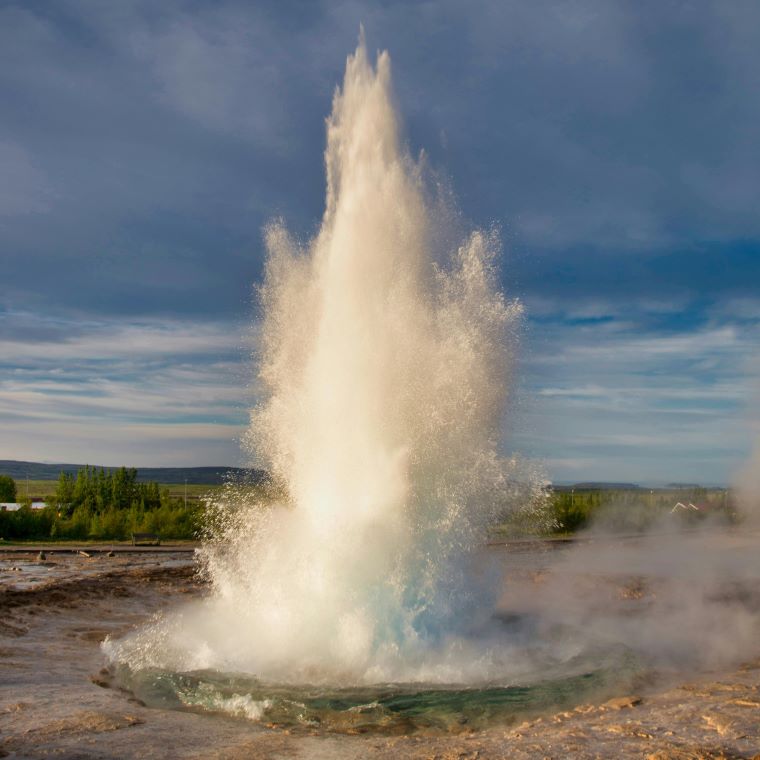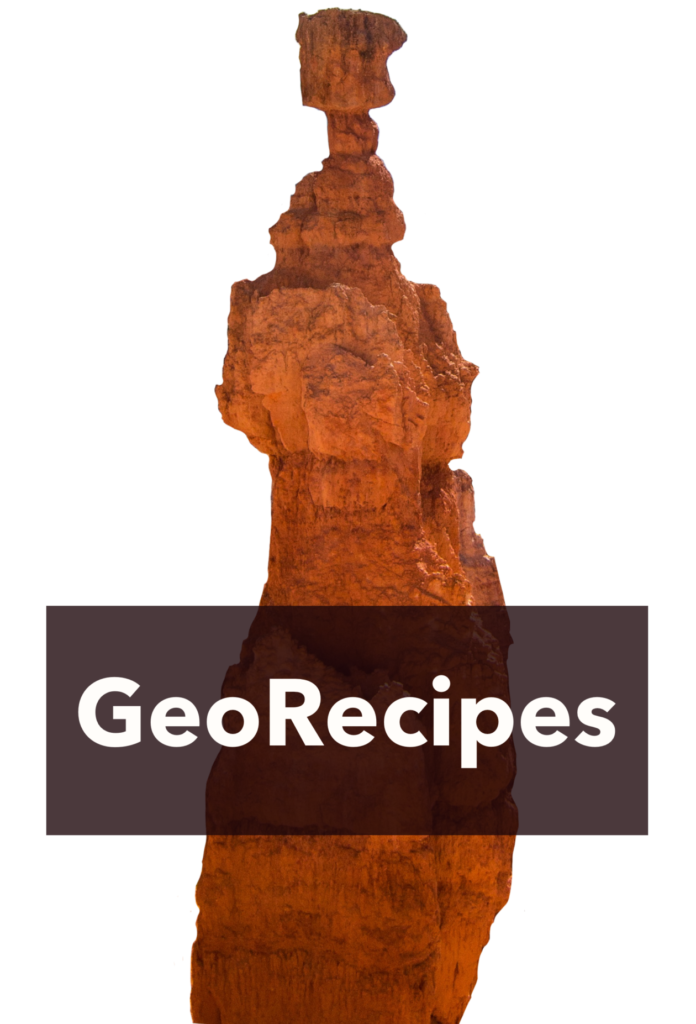Let’s explore the fascinating spectacle that is speleothems, nature’s own intricately sculpted crystal creations. Imagine molten chocolate being carefully dripped, drizzled, and poured to form elegant, crystallized shapes—each swirl and drip turning into a stunning piece of edible art. Speleothems, like stalactites, stalagmites, and flowstones, start as mineral-rich water, similar to how melted chocolate begins as a liquid. Over time, this water slowly deposits minerals as it drips, crystallizing into a variety of sculptural forms within caves. Just like the fats inside chocolate must crystallize to become a solid, capable of shape shifting into any shape. Now, look inside the cave and uncover the step-by-step “recipe” for these geological wonders, where the slow crystallization of minerals creates beautiful, intricate structures akin to fine chocolate artistry. Get ready to discover how nature’s drip process shapes these breathtaking underground formations!
Speleotherms
Temperature
Ambient
Pressure
Ambient
Size
Centimeters to Meters
Time
Around 0.5mm/year

Directions
Step 1
Start with a limestone cave, place a layer of soil on top
Step 2
Pour water through it from above using rain or a flood
Step 3
Carbonate the water by diffusing it through the soil, to the roof of the cave
– it will collect carbon dioxide (CO2) gas and calcium as it passes through
Step 4
Wait until the the water drips out of the limestone into the open cave
Step 5
Trigger the crystallization of calcite (Calcium + Carbonate) once the now carbonated mineral water hits an interface (rock-air, rock-water)
-the crystal will grow in drip direction
– the shape of the speleothems depends on the motion of the water
Step 6
Continue forming bands of crystals, one drip of water at a time to grow larger speleothems
Materials
- Water
- Limestone
- Soil
Tools
- Limestone Cave
- Soil












